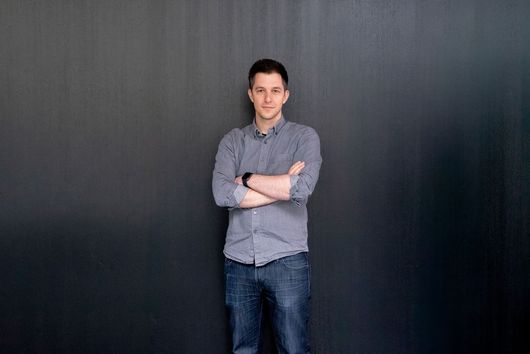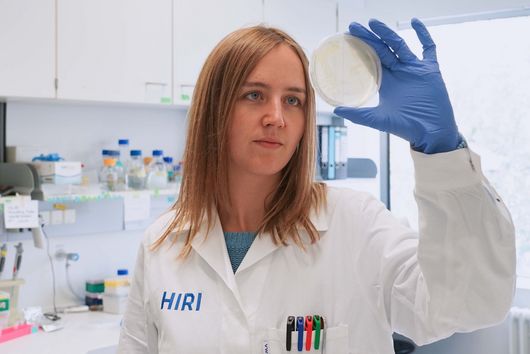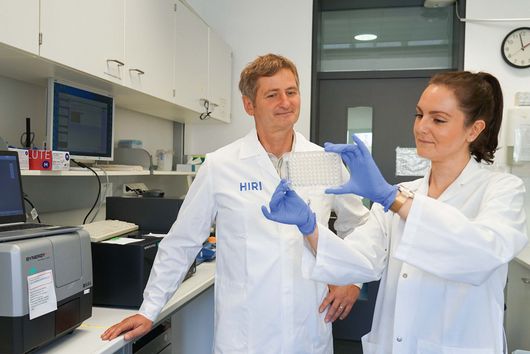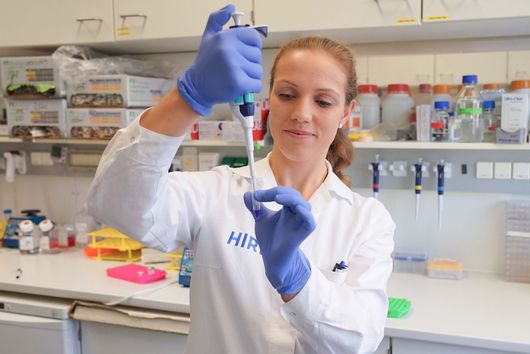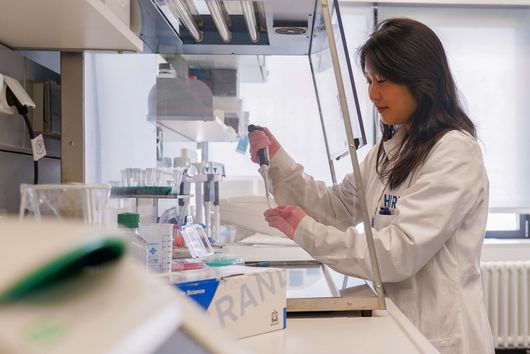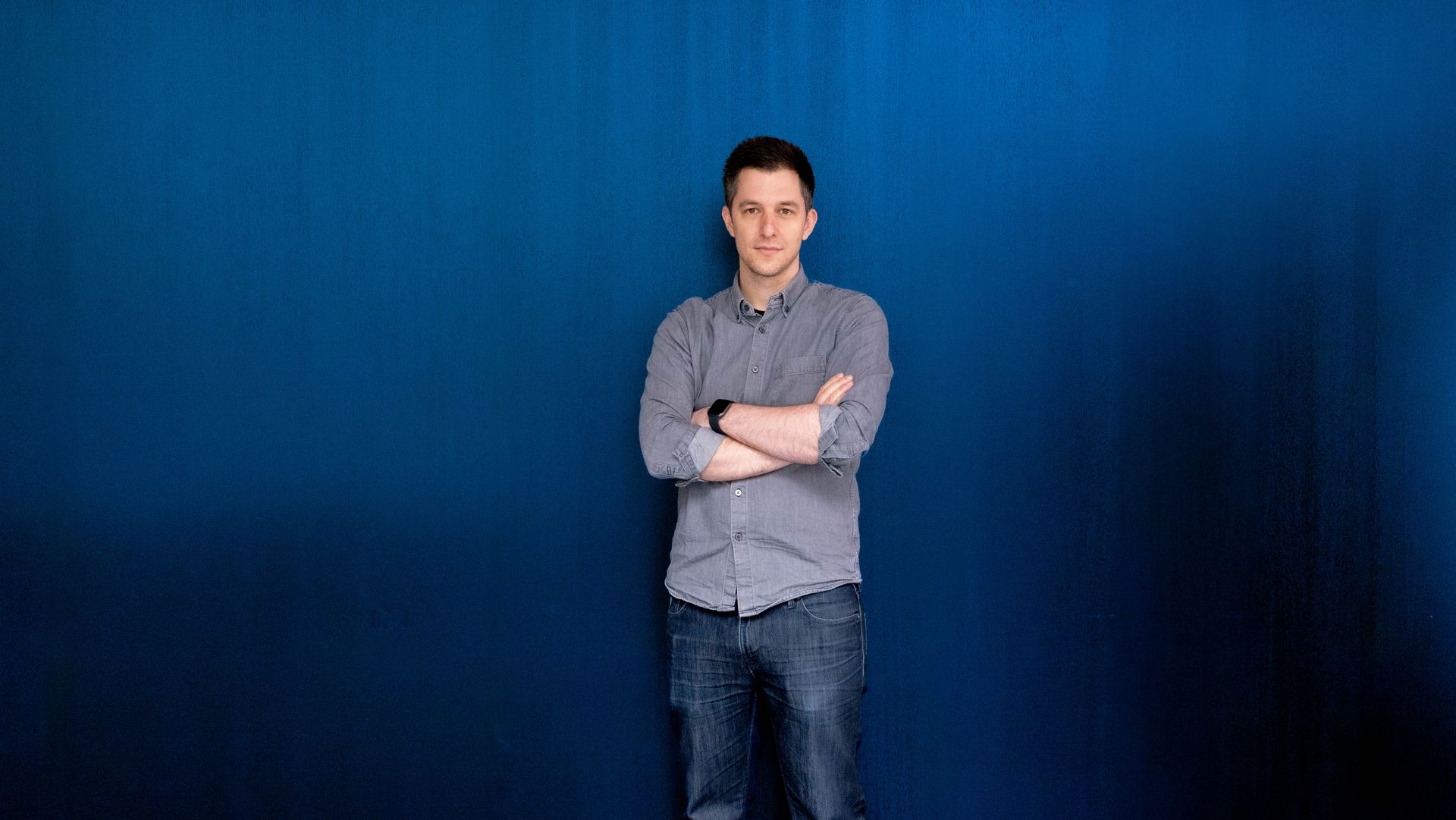
How to map infections
Mathias Munschauer investigates the interaction between host cells and viruses
In school, Mathias Munschauer had a number of potential career paths in mind—at first, he considered becoming a pilot, but that was only until his interest in biotechnology was piqued. “After seeing a molecular biology lab from the inside for the first time, it never let me go,” the HIRI junior research group leader recalls. As a young research group leader, he now spends his time in his own laboratory.
“During an infection, viral RNAs interact with host factors—and we want to understand how.”
Mathias Munschauer
At the HIRI, Munschauer investigates the interplay between host cells and viruses: “During an infection, viral RNAs interact with host factors—and we want to understand how.” A human cell harbors nearly 2,000 proteins that bind RNA and control its function. When a viral RNA suddenly emerges, it too is recognized, bound, and controlled by specific proteins. Munschauer aims to decipher these interactions. His overarching goal is to create maps of RNA-protein interactions to guide the development of novel therapeutics. One of his research foci lies on the virus that gripped the world for more than two years: SARS-CoV-2.
At the very beginning of the pandemic, he developed a comprehensive atlas for this coronavirus: “Despite strong competition, we were the first laboratory worldwide to successfully map the interactions between SARS-CoV-2 RNA and human host proteins. This was a huge success, not only for us as a junior research group, but for the entire institute.”

